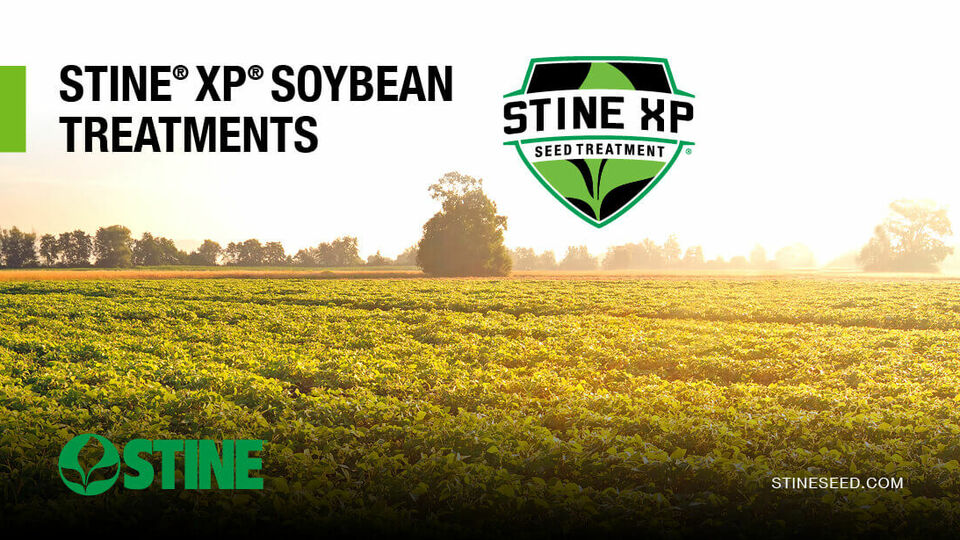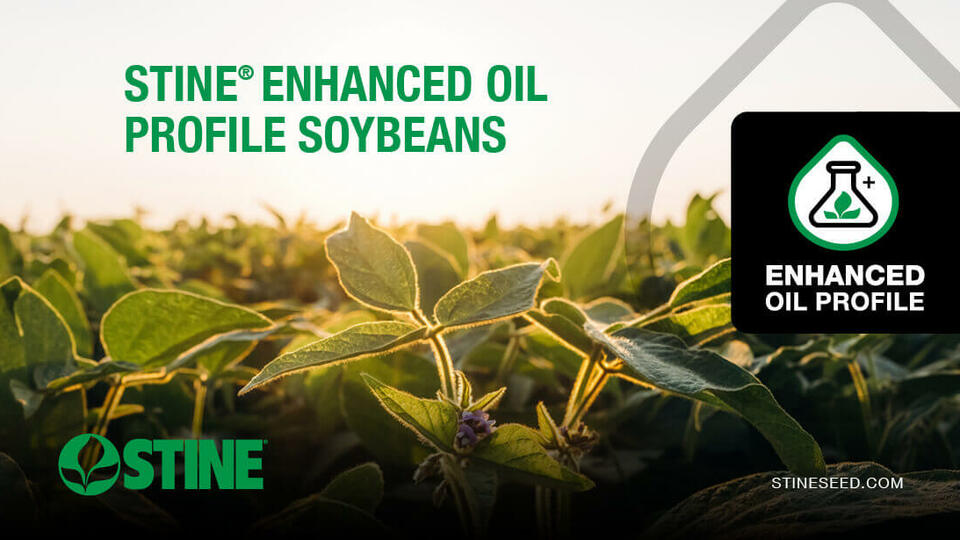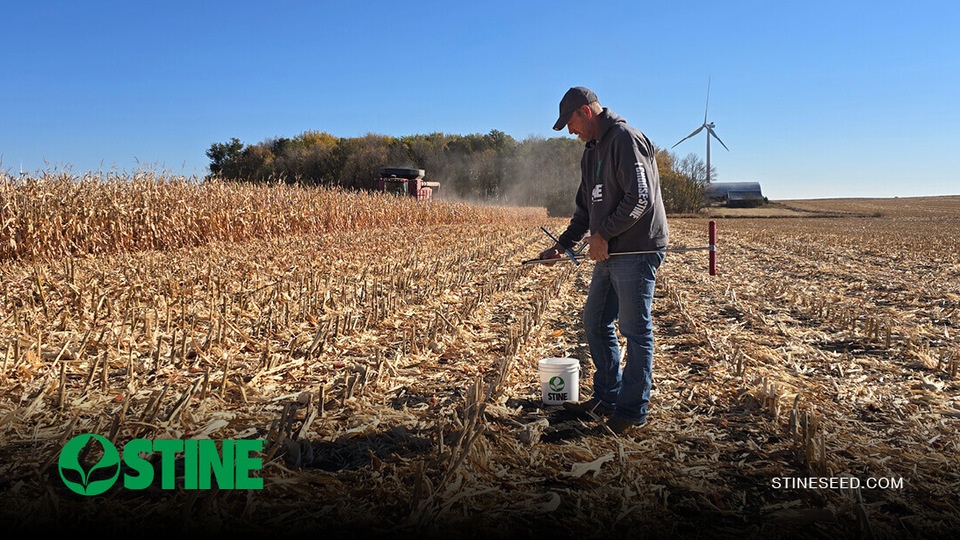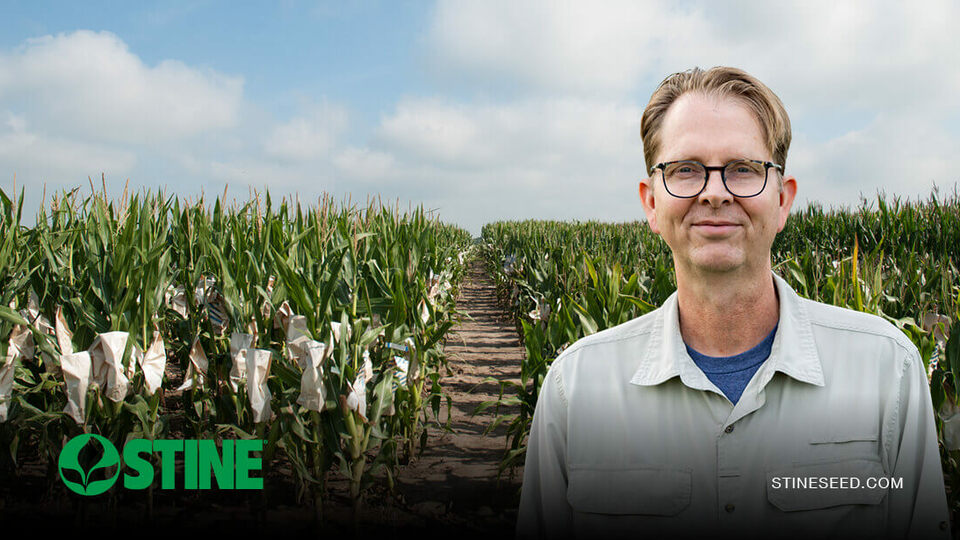At Stine® Seed Company, we’re always exploring new ways to help farmers increase profitability. One such strategy, known as continuous soybeans, is gaining attention in university research and our elite trials.
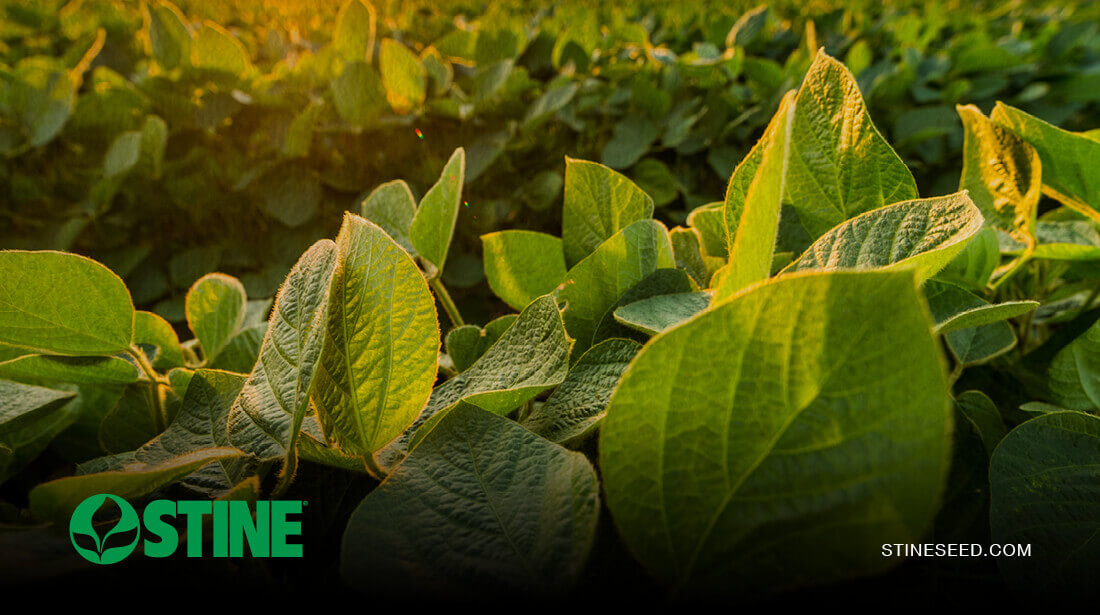
“We always pride ourselves on being innovative and looking for ways to improve the future of farming. If continuous soybeans provide another tool to improve ROI, we want to do our part to support the research to ensure it’s the right strategy for the farmer.”
Tom Larson, Stine Seed Company’s director of agronomy
Traditionally, crop rotation is king. While many growers still choose to plant corn after corn to achieve higher yields and profits, rotating corn with soybeans is recognized for promoting lower risks and long-term sustainability. However, continuous soybeans, or planting soybeans after soybeans, may soon become a viable method for reducing production costs.
Rotations with a higher proportion of soybeans are more common in South America, particularly in Argentina, where soybeans are a key crop. In the U.S., however, many growers still have reservations about this practice. To address these concerns, researchers at Iowa State University’s (ISU) Iowa Soybean Research Center — in collaboration with the Iowa Soybean Association (ISA) — are exploring how continuous soybeans can benefit farmers when properly managed. Stine is pleased to participate in the program this year as the seed and seed treatment provider for the research plots.
The catalyst for research
According to ISU, the three-year Optimizing Continuous Soybean Production project, launched in 2023, is designed to “initiate research on the continuous soybean cropping system in Iowa to accumulate relevant knowledge to aid decision making.” Research for the project is led by ISU Professor of Agronomy Sotirios Archontoulis and supported by ISU graduate student Carolina Freitas., ISA funds the project, but the two organizations work closely to ensure the research is fulfilling its purpose.
“When we say continuous soybeans, we’re not talking about soybeans forever in the field. We’re thinking soy-on-soy followed by corn; it’s more an extended rotation.”
Joe McClure, chief officer of the Research Center for Farming Innovation at ISA
McClure notes the idea for this research was born a few years back when soybean crushing plants were being proposed to support the renewable energy and biodiesel policies favorable at the time. He adds the only way to increase soybean production to meet the future demand for biodiesel is by essentially “borrowing” acres from another crop.
Stine also acknowledges the need for growers to have additional tools for soybean production to meet rising biofuel demands. That’s why we’ve prioritized testing continuous soybeans in our Elite Yield Trials and Product Development Plot (PDP) programs. However, for farmers to adopt continuous soybean cropping, they must trust its profitability and sustainability.
“There’s no silver bullet to do this,” says McClure. “It’s awareness and education. And a lot will come down to proof of concept. They [farmers] will want to see it in their county … in their neighbor’s fields, on farm strip trials and in demonstrations. Then, you’ll see more people talking about it and socializing it.”
Continuous soybean research like that being conducted by ISU and at Stine in our PDP and Elite Yield Trials programs is rare. For Stine and ISU, this opportunity will hopefully lead to more research and real-world simulations that growers can learn from.
A deeper dive
As part of the project, ISU manages two replicated experiments with continuous soybean locations at research farms in Sutherland (northwest Iowa) and Boone (central Iowa). Each replication has seven treatments, which are:
- A soybean-on-soybean plot on 30-inch rows
- A soybean-on-soybean plot on 15-inch rows
- A continuous corn plot
- A corn-and-soybean rotation plot
- A soybean-and-corn rotation plot
- A soybean-on-soybean plot with cereal rye in the offseason
- A soybean-on-soybean plot with cereal rye in the offseason, plus manure
“One of our main goals is to determine if there’s a yield penalty with continuous soybeans and if there are agronomic management practices that can prevent a yield penalty,” says Carolina Freitas, a graduate student at ISU from Brazil, a country where continuous soybeans are not uncommon.
While yield is the ultimate goal, the study takes a systems approach by measuring soil moisture, biomass and nutrient accumulation, preplant and postharvest soil fertility, and soybean cyst nematodes (SCN) while also monitoring for other diseases such as Sclerotinia white mold and sudden death syndrome. Additionally, researchers fly drones weekly to detect vegetation health.
SCN, for example, has been an increasing problem for soybean growers in the Midwest. A continuous soybean crop can lead to an increase in SCN populations in the field, so ISU researchers are exploring how different biotech and seed treatments can help keep SCN at bay, or at least minimize its impact, from a systems approach.
Conservation factors are also monitored. According to Freitas, they ask questions such as, “Are we losing carbon?” and “Are there any changes in the water balance?”
To address potential conservation management challenges, ISU leans on cereal rye cover crop and manure treatments to help build organic matter and restore lost nutrients.
“The farmer’s bottom line is what matters at the end of the day, and we want to make sure we’re not penalizing the farmers or the environment when growing soybeans on soybeans.”
Carolina Freitas, graduate student at ISU from Brazil
In-field and edge-of-field conservation management is also a priority for ISA. According to McClure, soybeans coexist with cover crops more effectively than corn. When planted with a cover crop like cereal rye, the rotation helps reduce leaching, particularly for nitrates.
“This kind of program really lends itself to having a positive impact on the carbon footprint as well as water quality,” notes McClure. “If the profit margins allow for this, based on our water quality research, there probably will be a water quality positive impact just because of the amount of fertilizer not being utilized.”
Findings to date
As the ISU research team enters its third year with the project, preliminary findings have been positive, but there’s still a lot of questions to be answered.
“We have not seen a yield penalty to date,” says Freitas. “In 2023, our plots averaged 64 bu/acre on both rotated and continuous soy acres. Last year, they averaged 72 bu/acre with rotation and continuous soy.”
Freitas did note seeing a spike in SCN counts but nothing significant for disease or weed pressure in the replicated trials.
ISU leverages field data using crop model simulations, enabling researchers to create and test more cropping system scenarios across environments. These models help them understand how cropping systems might impact the environments and crop yields 20 or even 30 years in the future.
“We need field trials to test if the benefits might outweigh the possible issues of producing continuous soybeans for one to two years so we can better inform growers on how to proceed with this practice,” says Freitas.
The future of the project
The Optimizing Continuous Soybean Production project is funded through 2025, but the group hopes the research won’t stop there. With the increased potential for biofuels, soybeans will be an important tool to sustain the market for the future. Soybeans are also economical for growers in a down year, making this practice even more enticing if the science backs it up.
“Given the increasing uncertainty and unpredictability of weather, we have to be bold and go and explore new cropping systems and think outside the box,” says Freitas. “But at same time, we need to make sure we’re being safe and making sound decisions for the farmer and the environment.”
Stine is committed to supporting ISU in its research on continuous soybeans now and in the future. In fact, we’ve been studying the process in our own Elite Yield Trials for years — an initiative directed by our founder, Harry Stine, to expand our testing network. By implementing soybeans-on-soybeans in our Elite Trials, we improve our selection process to identify soybeans that will yield effectively within these cropping systems. This year, we are also establishing continuous soybean trials in our PDPs across the country.
“We hope that by using ISU's findings alongside our own research, we can provide farmers with a clearer understanding of how this concept will benefit them. Our goal is to address management challenges that will help them maintain high yields while minimizing pests and diseases in continuous soybean years.”
Tom Larson, Stine Seed Company’s director of agronomy
To learn more about the Optimizing Continuous Soybean Production project, visit the ISU Iowa Soybean Research Center’s website. For more information on Stine’s involvement in the project and our own continuous soybean research, reach out to your local sales rep or visit our website.
Related Articles
-

Use Stine’s XP® seed treatments to prevent early injury to your crops
December 2025 in Agronomy
-

Understanding Stine’s enhanced oil profile soybeans
December 2025 in Agronomy
-

Soil sampling sets the stage for spring
November 2025 in Agronomy
-

Corn production growth paves way for more high-performing Stine® hybrids
November 2025 in Agronomy
